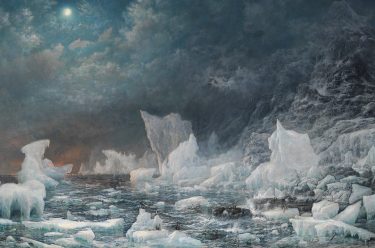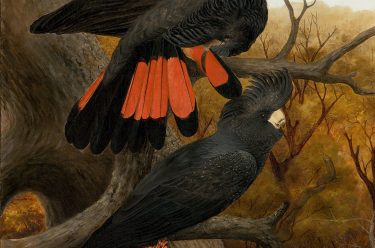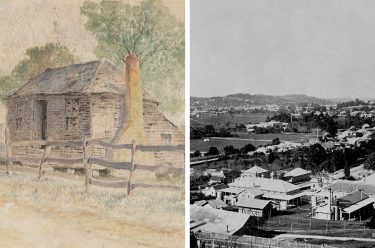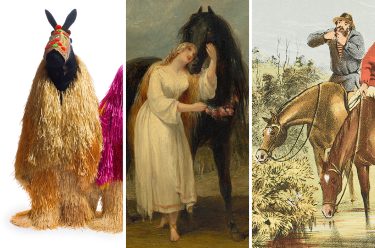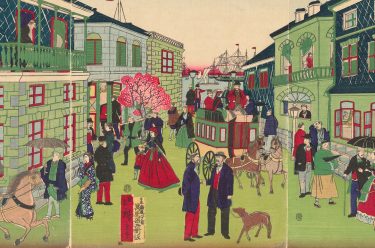The life cycles of colours
Australian artist Jonny Niesche’s artworks investigate how we perceive and experience the space around us. In these three pieces — Schein blossom (feueur), Schein blossom (mond), and Schein blossom (sonnen) 2020 (illustrated) — Niesche stretches multiple layers of digitally printed sheer voile fabric over one another, creating vibrating and pulsating patterns that can be seen…

